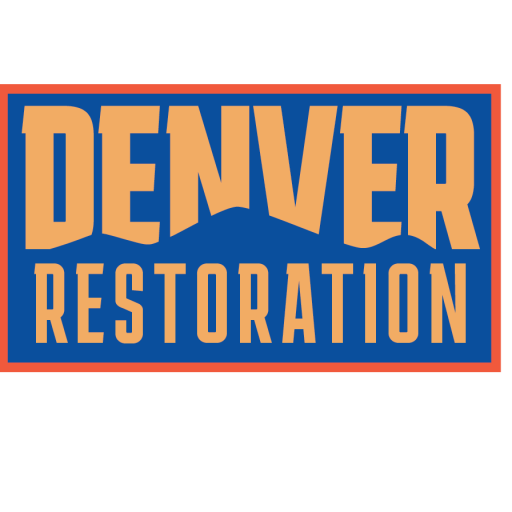Not All Heroes Wear Capes: Meet the Unsung Protector Against Invisible Threats
In the realm of home and property management, invisible menaces, such as mold, can wreak havoc if not detected and dealt with swiftly. The key to battling this silent intruder lies in effective, accurate mold testing. A little knowledge and caution can equip you with the tools to navigate your mold testing process with ease, ensuring a safe environment.
The First Step: Recognizing the Possible Existence of Mold
Like any worthy adversary, mold is usually shrouded in mystery. It doesn’t always present visible symptoms, making detection difficult. However, seemingly unconnected issues like a persistent cough, eye irritation, or a musty smell can be telltale signs of mold invasion.
If you spot any such signs, it’s time to move onto the next step – mold testing. But how to test for mold, you may ask? We got it covered.
The Main Act: Simple Mold Inspection Techniques
There’s no one-size-fits-all when it comes to detecting mold, due to the myriad of types and species. However, there are some basic methods that can give accurate results.
Do-It-Yourself Kits:
For initial mold screening, DIY kits can prove beneficial. A simple, user-friendly product like the Mold Armor Do-It-Yourself Mold Test Kit lets you test your home’s indoor air or surfaces for mold spores.
Professional Inspection:
While home kits are good starting points, professional inspection adds an extra layer of assurance. Restoration companies offer comprehensive mold inspection services that include air sample collection, surface swab testing, moisture readings, and a thorough visual inspection.
Post-Inspection Actions: Taking Control
Confirming the presence of mold is just half the battle won. The next step involves effective remediation.
Moisture Control:
Mold thrives in damp environments. By controlling moisture levels in your property, you can halt mold growth and prevent future infestations, as discussed in our post on effective moisture control solutions.
Mold Remediation:
Professional mold remediation services can effectively cleanse your home of mold, ensuring you and your loved ones breathe safe, clean air.
Navigating the mold testing process doesn’t have to be nerve-wracking or confusing. Adopting simple mold inspection techniques, seeking professional help when necessary, and taking proactive remediation and prevention measures are the best ways to keep your property mold-free.
As you venture into the battle against mold, remember, you’re not alone. Trusted professionals, reliable resources, and your newfound knowledge are your allies in the fight against this silent invader.
Your property, your health deserves the best. Stay one step ahead and make mold a part of history rather than your present and future.
The Secondary Contender: Water Damage and Its Intrinsic Issues
Water damage presents itself as a formidable antagonist in the realm of home management, often leaving destruction in its wake. Much like mold, it’s often unnoticed until too late, causing substantial damage to property and possessions.
Identifying Water Damage:
Early identification of water damage is crucial in mitigating its effects. Unnoticed leaks in your home can quickly escalate into severe water damage, leading to costly repairs. A wet, humid atmosphere, condensation on walls or windows, water stains, and a sudden spike in utility bills are clear signs of potential water damage.
Utilizing an effective leak detection method can save you from severe water damage and the accompanying financial and emotional stress.
Putting Up a Fight: Water Damage Restoration Techniques
When water damage is detected, immediate action is required. Effective water damage restoration techniques are:
Drying and Dehumidification:
Equipment such as air movers and dehumidifiers help dry out damp areas and prevent moisture from causing further damage.
Cleaning and Sanitizing:
Once drying is complete, cleaning and sanitizing the area is mandatory to ensure that no potential health risks remain.
Damage Control: Efficient Fire Damage Restoration
A property’s worst nightmare, fire, can cause catastrophic damage. From the heat and flames to the smoke and soot, a fire event can leave your property in ruins.
Identifying Fire Damage:
Although fire damage is usually apparent, hidden damage from smoke and soot can be just as harmful. Pay attention to discoloration of walls and ceilings, a strong smoky smell, or corrosive damage to household appliances. These signs can indicate the extent of the damage suffered.
Fighting Fire With Fire: Restoration Techniques
Once fire damage has been identified, it’s time to engage in a prompt, methodical cleanup and restoration process.
Smoke and Soot Cleaning:
Smoke and soot can be more damaging than the fire itself. A professional fire restoration service will ensure these residues are removed, not just from the surface but also from beneath it.
Structural Restoration:
After the initial cleaning, the next step comprises rebuilding and restoring your home back to its pre-loss condition. This may include structural repairs, painting, and replacing damaged drywall.
Dealing with water, mold, or fire damage is stressful enough without worrying about your insurance coverage and claims process.
It’s essential to understand your homeowner’s insurance policy and its coverage limits. Remember, open communication with your insurance company can help expedite the claims process and alleviate stress.
Staying Ahead of the Game: Prevention is Key
Preventing damage can save you the heartache of picking up the pieces afterwards.
Investing in a good mold testing and water leak detection system can help discover potential problems before they become significant issues. Deploy smoke detectors across your property to alert you in case of fire.
The Battle Against Damage: You’re Not Alone
As you tackle these invisible threats, remember, you’re not alone. Your awareness coupled with professional expertise can protect your property.
Your home, your sanctuary, deserves the best. Stay one step ahead and relegate these potential threats to history rather than your present and future.

